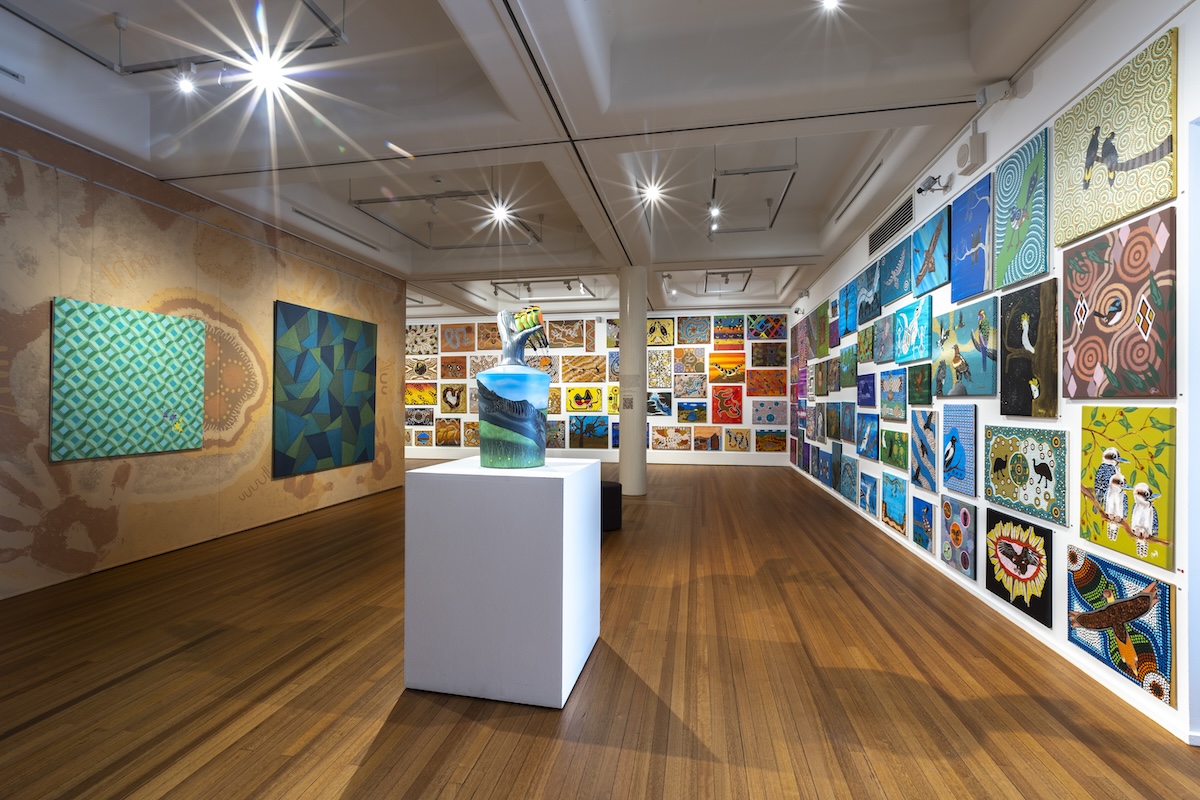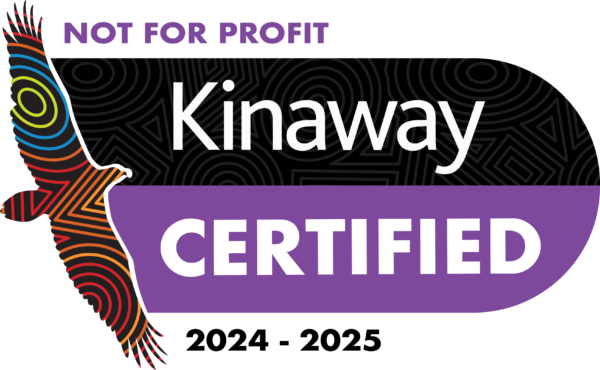
What we do
Yep it’s good. When we’re in prison, there’s not much you can do, but this program lets the world see what you’re doing, so that we’re not forgotten. It passes the time, keeps me connected to our culture, and the way to stay connected is through our art and the stories behind them.
Robby Wirramanda, Wergaia/Wotjobaluk 2016
First Nations Australians make up 3% of the Australian population yet represent 32% of the national adult prison population. Indigenous men are 17 times more likely to go to prison than non-Indigenous men and First Nations women are 25 times more likely to go to prison than non-Indigenous women.
Since the Royal Commission into Aboriginal Deaths in Custody in 1991, incarceration rates for Indigenous Australians have more than doubled and deaths in custody have continued to increase.
The Torch’s Statewide Indigenous Arts In Prisons and Community Program is set within the context of the Victorian Aboriginal Justice Agreement and its focus is on the role of culture and cultural identity in the rehabilitative process of First Nations people impacted by incarceration. The Torch employs Indigenous Arts Officers to deliver the program to Indigenous men and women in Victorian prisons and to support participants who are transitioning back into the community.
Since 2011, the Statewide Indigenous Arts In Prisons and Community Program has provided art, cultural and arts industry support to First Nations artists. The Torch assists participants to reconnect with culture and earn income from art sales (with 100% of the artwork price going directly to the artist), licensing, special projects and exhibitions including our major annual exhibitions, Confined and Future Dreaming.
Each year, The Torch works with artists from approximately 80 cultural language groups within Victorian prisons and throughout the community.
Read more about the In Prison and In Community programs.

